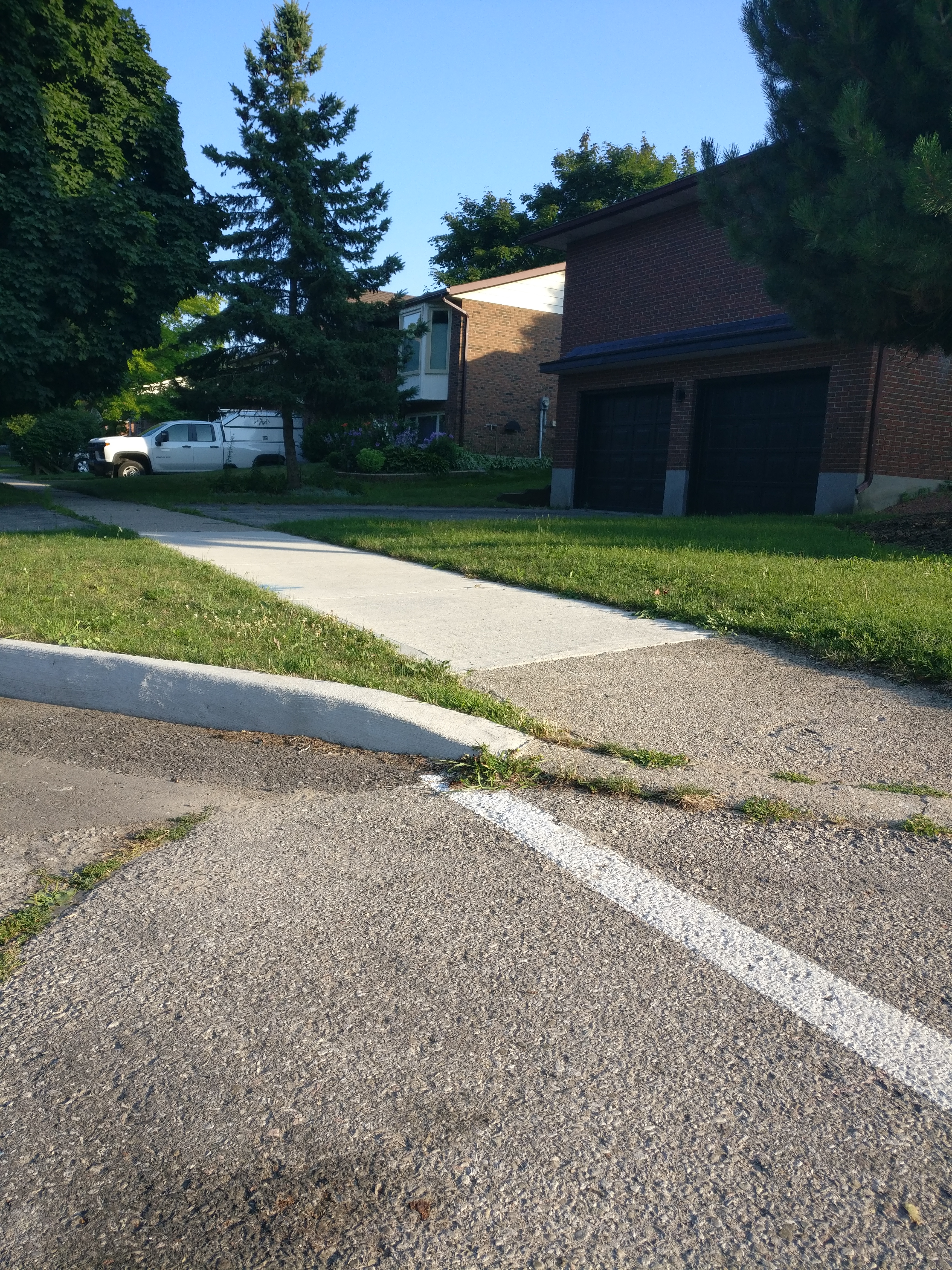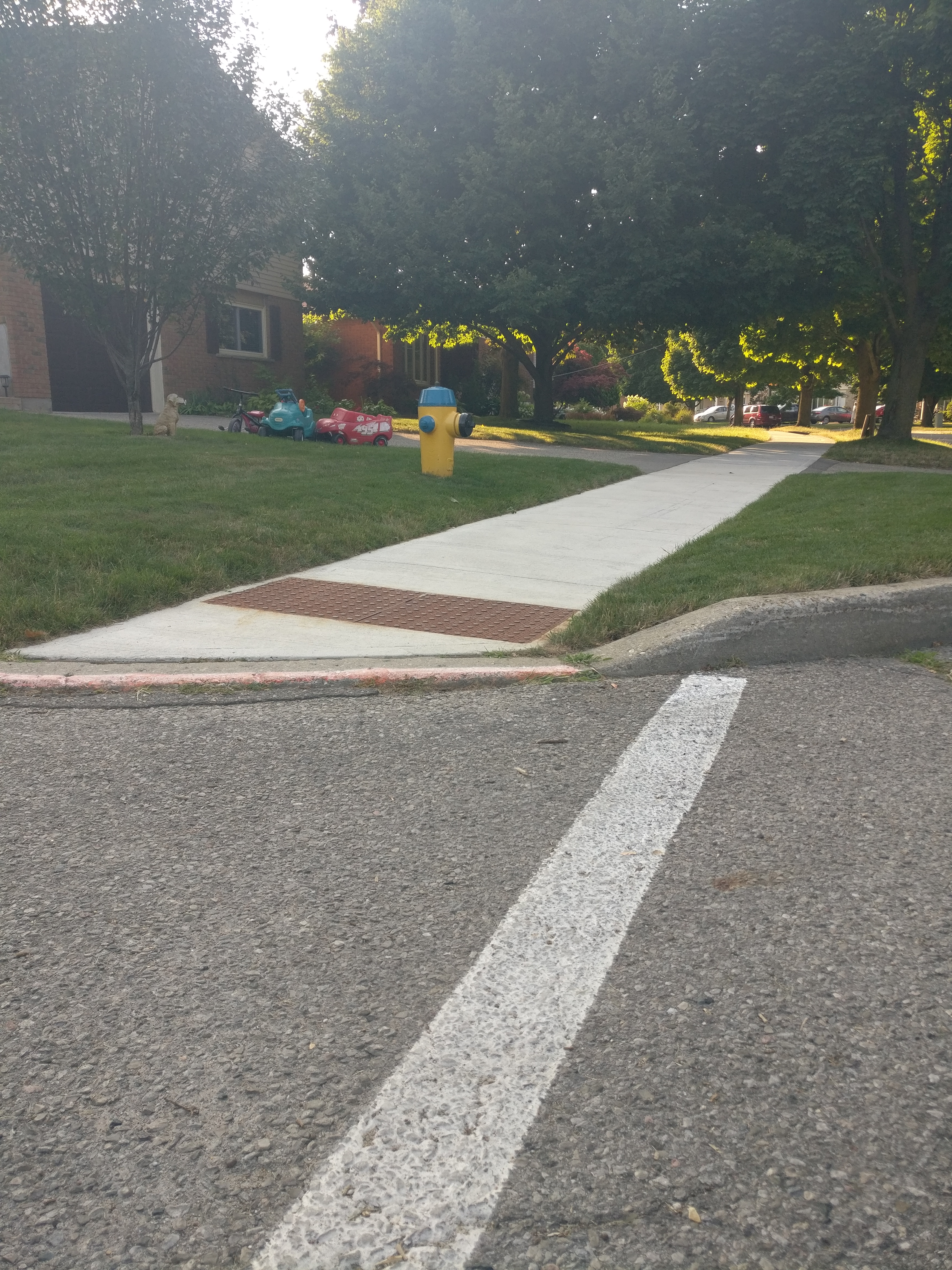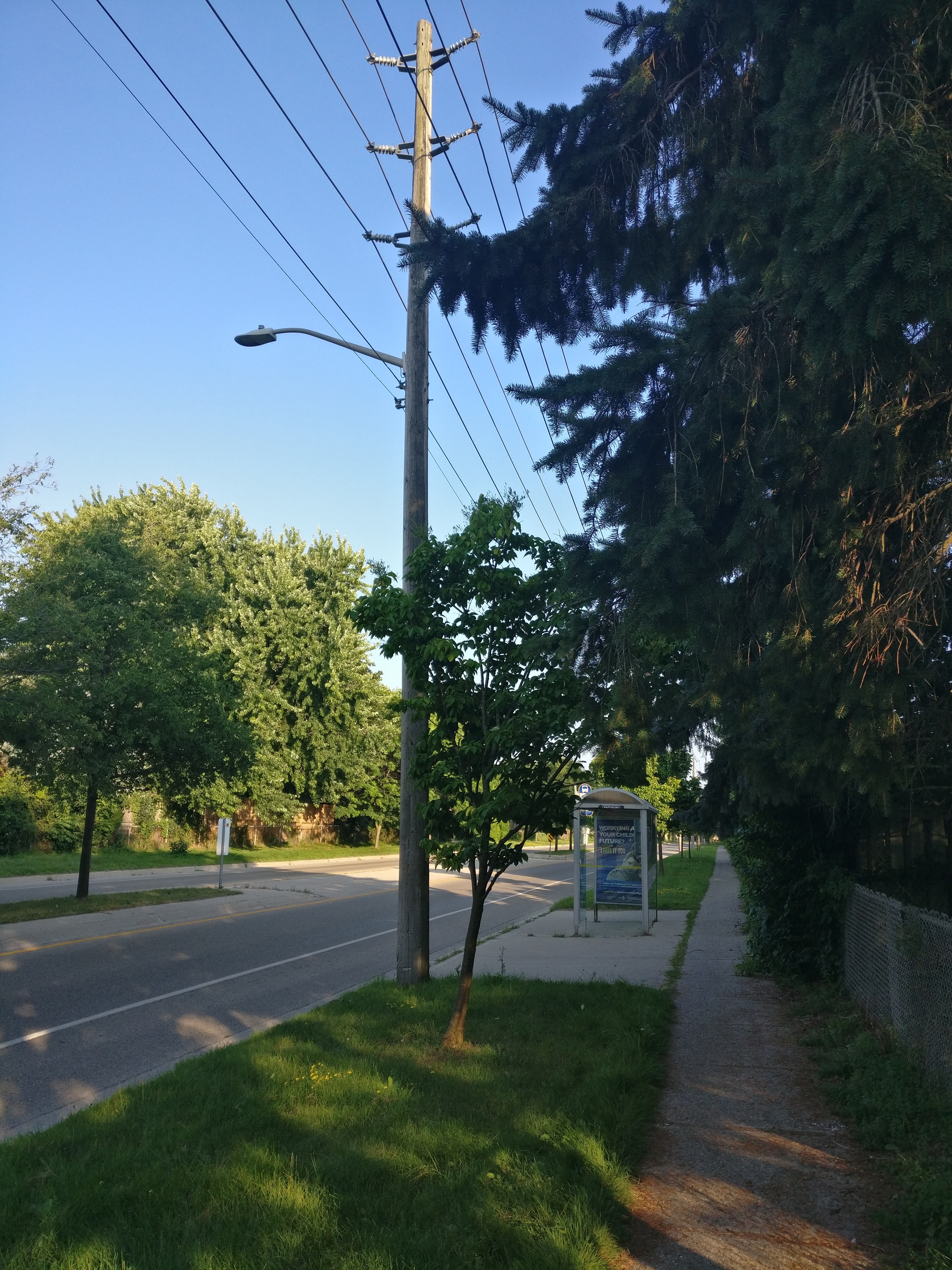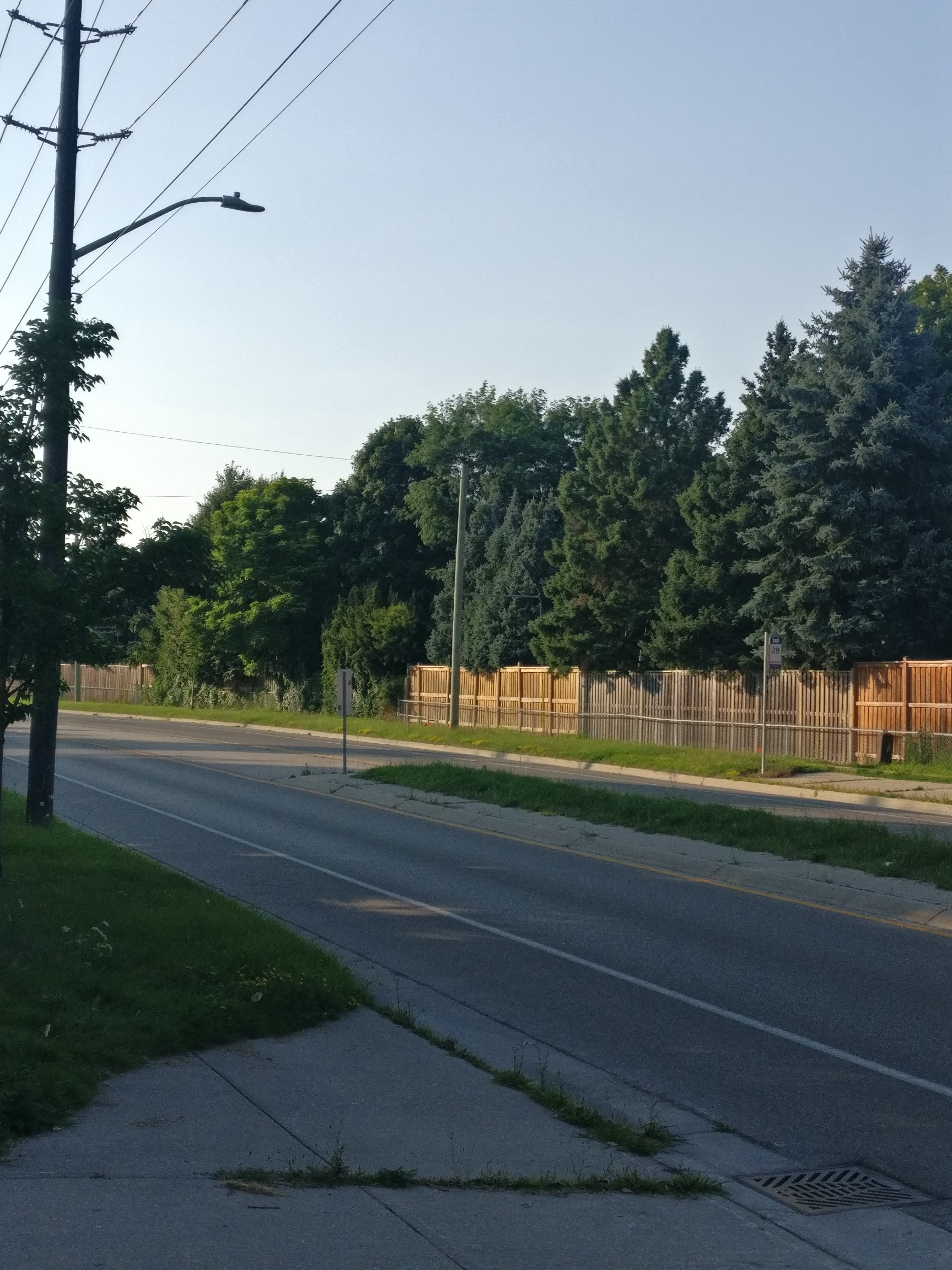this post was submitted on 29 Jul 2024
40 points (100.0% liked)
OpenStreetMap community
3895 readers
41 users here now
Everything #OpenStreetMap related is welcome: software releases, showing of your work, questions about how to tag something, as long as it has to do with OpenStreetMap or OpenStreetMap-related software.
OpenStreetMap is a map of the world, created by people like you and free to use under an open license.
Join OpenStreetMap and start mapping: https://www.openstreetmap.org.
There are many communication channels about OSM, many organized around a certain country or region. Discover them on https://openstreetmap.community
https://mapcomplete.org is an easy-to-use website to view, edit and add points (such as shops, restaurants and others)
https://learnosm.org/en/ has a lot of information for beginners too.
founded 4 years ago
MODERATORS
you are viewing a single comment's thread
view the rest of the comments
view the rest of the comments





@psycotica0 https://wiki.openstreetmap.org/wiki/Key:kerb
Only use
flushif the transition would not be apparent to a blind person. Less than 3cm of curb. If a cane would catch the curb, it should be tagged aslowered.StreetComplete's "curb ramp" option gives the curb the
loweredtag, making it the same as if you picked the "a bit higher than road surface" option.@psycotica0
concrete:platesare pre-formed chunks that can be moved into place.concreteis poured in-place, and is the correct value for sidewalks. I have never seen any actualconcrete:platesin use in real life, but SC users are tagging it all the time. They should honestly make the difference more clear in the app.As for
littags, I turned those off because I didn't want to overthink it.Yeah, I think the image for concrete plates in the app is from the wiki, and is kinda unclear because it's some rectangles of concrete. And I'm looking down and what I'm seeing is a series of rectangles made of concrete. I agree, though, with that in mind I feel like the app could benefit from some guidance there to say "concrete, perhaps with joints, such as for sidewalks" or "concrete plates, precast elsewhere and installed. Rarely used" or something. Just a bit of a nudge in the right direction.
@psycotica0 @uneabeille @openstreetmap
I think the key feature of the picture on the wiki is that they have visible lift points near the corners.
In some of the pictures they have been filled, but in others they haven't.
https://wiki.openstreetmap.org/wiki/File:Bypass_road_made_of_big_concrete_plates.jpg